Topics
Category
Era
Northwest Trail
For untold generations, Indigenous people traversed North America’s interlocking waterways by canoe. When moving between drainage systems, it was necessary for them to bridge the high ground that kept the waters separated. This meant carrying, or “portaging,” canoes and belongings between watersheds. One of the most important portage routes in Minnesota, known today as the Northwest Trail, connected the Mississippi River to Lake Superior.
Eastbound travelers, beginning the 120-mile route at Sandy Lake, paddled several miles up the West Savanna River to its headwaters. They proceeded on foot, crossing six miles of swamps and hills on the Savanna Portage, until reaching the East Savanna River. A short downstream paddle led to its confluence with the St. Louis River, seventy-two miles above its mouth at Lake Superior.
The journey down the river was hazardous, marked by raging rapids and cascades, as the water plummets 650 feet in elevation. Downstream from present-day Cloquet, travelers were forced onto a series of lengthy and precipitous trails: Knife Portage (one mile), Women’s Portage (one-half mile), and Grand Portage (seven miles). From the bottom of the Grand Portage, it was a ten-mile paddle to the mouth of the St. Louis. Travelers could continue for hundreds of miles, down the Great Lakes and St. Lawrence River to the Atlantic Ocean.
Westbound travelers followed the route in reverse, facing steep uphill trails and swift opposing currents. From Sandy Lake, travelers could proceed in many directions, including south to the Gulf of Mexico and north to Hudson Bay.
Europeans first arrived at the mouth of the St. Louis River in 1666. Father Claude Allouez, commissioned by the French government to map Lake Superior, encountered a group of Dakota at Fond du Lac who spoke of their villages on Sandy Lake. Allouez’s map contains a note which would guide future travelers to the Mississippi basin: “[This River] goes to the Nadouessi (Dakota), sixty leagues to the west.”
Thirteen years after the Allouez expedition (1679), Sieur du Lhut, an emissary of the French government, traveled the Northwest Trail to meet with the Dakota at Sandy Lake. His journey over the trail was the first to be recorded by a European.
In the 1730s the expanding French fur trade disrupted traditionally peaceful relations between Indigenous people in the Great Lakes region. Canoes laden with Anishinaabe warriors from many Lake Superior villages gathered in 1737 at Fond du Lac near the mouth of the river known in Ojibwe as Gichi Gami Zibi (Great Lake River). Under the leadership of war chief Bayaaswaa (Biauswah), the warriors traveled up the river, intent on attacking the Dakota villages at Sandy Lake. Their goals: to control the Northwest Trail and to claim the Mississippi River Headwaters, a region known for its abundance of game, wild rice lakes, and beaver. As they marched up the Grand Portage, a single-file line of warriors stretched as far as the eye could see. Overpowered by the Anishinaabe’s powerful weapons, the Dakota retreated from Sandy Lake. This invasion precipitated the eventual displacement of Dakota bands from their northern Minnesota homelands.
With their Anishinaabe allies in place, British fur traders established the Northwest Trail as a commercial route in 1765. Seven pauses, or resting places, were made along the portage trails of the St. Louis River to accommodate voyageurs, men whose job it was to transport beaver pelts to market.
The voyageurs on the Northwest Trail faced a grueling task. Each worker commonly carried a bale or two of furs, one of which weighed up to ninety pounds. He would drop his load at the next pause, and then run back to the previous pause to pick up another load. In ideal conditions, the St. Louis River portages could be crossed in three to five days. Upon reaching the six-mile Savanna Portage, the process would repeat, taking up to seven days to complete. Because of the hardships involved, the Northwest Trail became known by voyageurs across the continent as the most wretched of portage routes.
In 1847, with the dissolution of the American Fur Company, the Northwest Trail ceased as a commercial route. A combination of changing fashion trends in Europe and the scarcity of beaver in the region contributed to the company’s demise.
Twenty-three years later, in 1870, the Lake Superior and Mississippi Railroad, built along the north bank of the St. Louis River, replaced canoe travel along the Northwest Trail.
Bibliography
Durand, Paul. Where the Waters Gather and the Rivers Meet: An Atlas of the Eastern Sioux. [Prior Lake, MN:] Paul C. Durand, 1994.
Fritzen, John. Portages and Old Trails In and Adjacent to Jay Cooke State Park. [Duluth, MN]: Duluth Public Library, 1935
.
——— . The History of Fond du Lac and Jay Cooke Park. Duluth, MN: St. Louis County Historical Society, 1978.
Luukkonen, Larry. Between the Waters: Tracing the Old Northwest Trail from Lake Superior to the Mississippi. Duluth, MN: Dovetailed Press, 2007.
Warren, William W. A History of the Ojibwe People. Second edition. St. Paul: Minnesota Historical Society Press, 2009.
Westerman, Gwen, and Bruce White. Mni Sota Makoce: The Land of the Dakota. St. Paul: Minnesota Historical Society Press, 2012.
Related Resources
Primary
A3/0V5, Drawer 7, Folder 8
Maps related to Savanna Portage
State Parks Maps and Drawings, Minnesota Division of Parks and Recreation
State Archives Collection, Minnesota Historical Society, St. Paul
Description: Flyers, maps, plans, and studies related to Savannah Portage.
http://www2.mnhs.org/library/findaids/gr00641.xml
Web
Savanna Portage State Park.
https://www.dnr.state.mn.us/state_parks/park.html?id=spk00259#homepage
Related Images
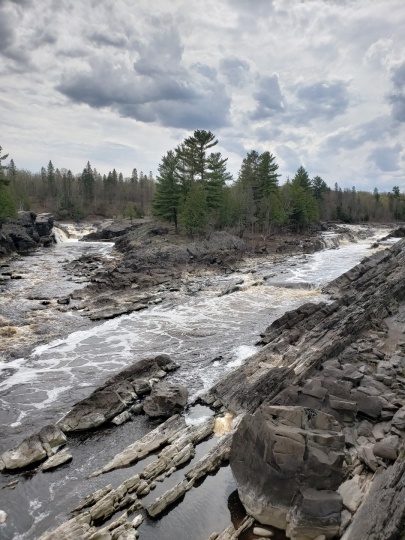
St. Louis River
St. Louis River, 2018. Photograph by Jon Lurie; used with the permission of Jon Lurie.
All rights reserved
Holding Location
Articles

Map of Savanna Portage Trail
Holding Location
Articles
More Information
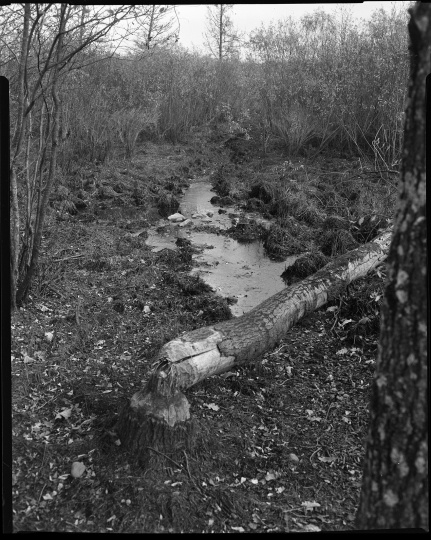
Savanna Portage Trail
Holding Location
Articles
More Information
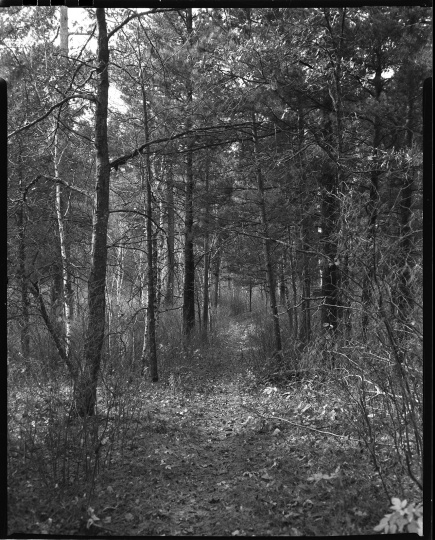
Savanna Portage Trail
Holding Location
Articles
More Information
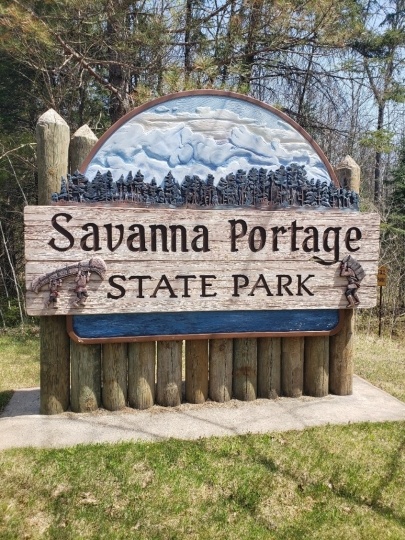
Entrance sign at Savanna Portage State Park
Entrance sign at Savanna Portage State Park acknowledging the area’s Indigenous and fur-trading history, 2018. Photograph by Jon Lurie; used with the permission of Jon Lurie.
All rights reserved
Holding Location
Articles
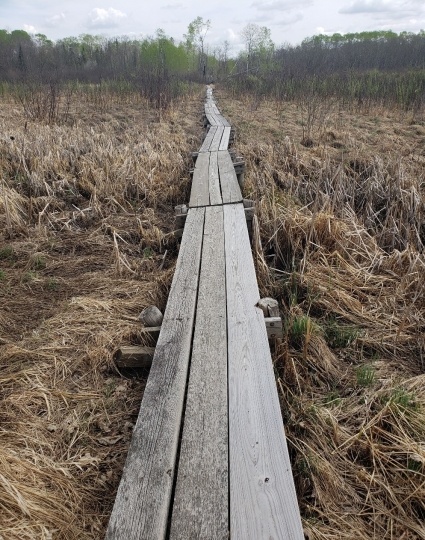
Savanna Portage boardwalk
A Savanna Portage boardwalk installed to help travelers traverse a swamp, 2018. Photograph by Jon Lurie; used with the permission of Jon Lurie.
All rights reserved
Holding Location
Articles
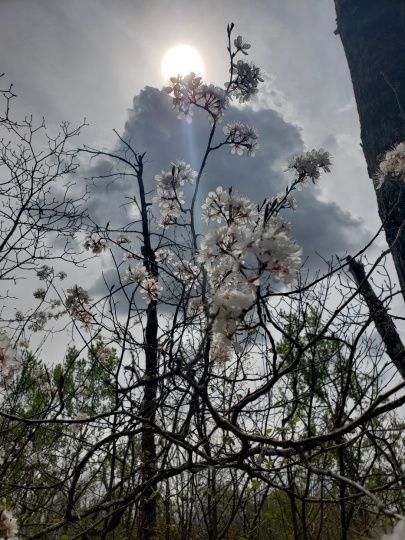
Foliage along Savanna Portage
Foliage along Savanna Portage, 2018. Photograph by Jon Lurie; used with the permission of Jon Lurie.
All rights reserved
Holding Location
Articles
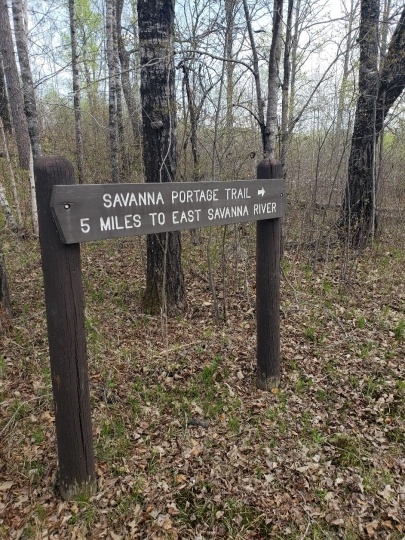
Sign within Savanna Portage State Park
Sign within Savanna Portage State Park, 2018. Photograph by Jon Lurie; used with the permission of Jon Lurie.
All rights reserved
Holding Location
Articles
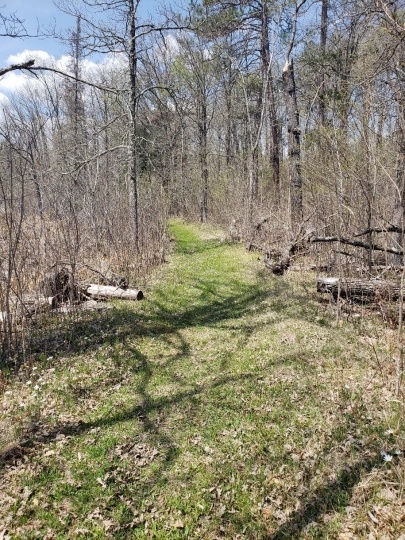
Savanna Portage Trail
Savanna Portage Trail, 2018. Photograph by Jon Lurie; used with the permission of Jon Lurie.
All rights reserved
Holding Location
Articles
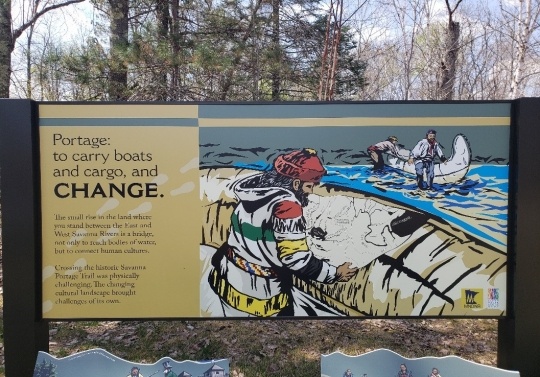
Interpretive sign in Savanna Portage State Park
Interpretive sign in Savanna Portage State Park, 2018. Photograph by Jon Lurie; used with the permission of Jon Lurie.
All rights reserved
Holding Location
Articles
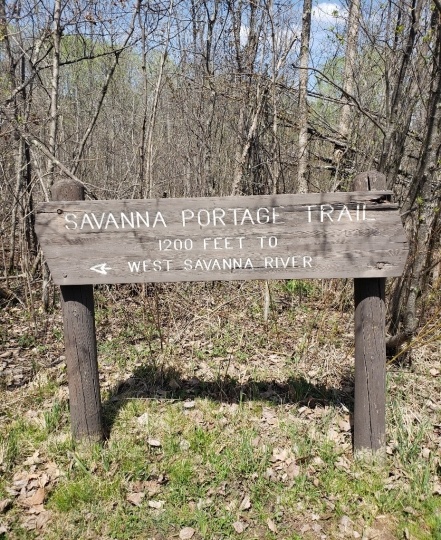
Sign within Savanna Portage State Park
Sign within Savanna Portage State Park, 2018. Photograph by Jon Lurie; used with the permission of Jon Lurie.
All rights reserved
Holding Location
Articles
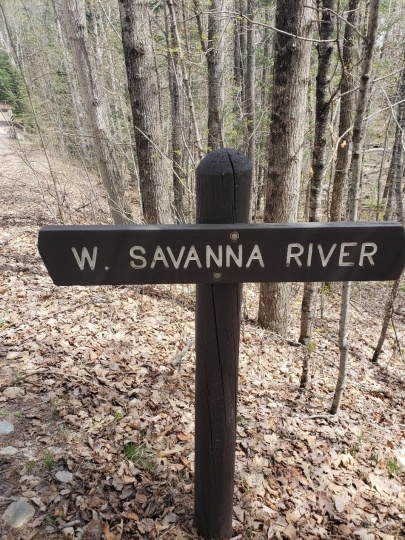
Sign within Savanna Portage State Park
Sign within Savanna Portage State Park, 2018. Photograph by Jon Lurie; used with the permission of Jon Lurie.
All rights reserved
Holding Location
Articles
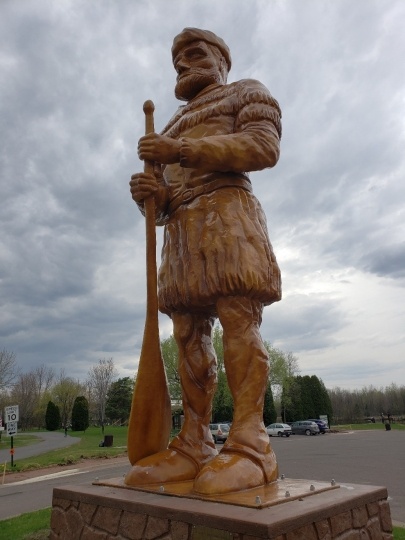
Statue of a voyageur in Cloquet
Statue of a voyageur at the St. Louis River in Cloquet, Minnesota, 2018. Photograph by Jon Lurie; used with the permission of Jon Lurie.
Holding Location
Articles
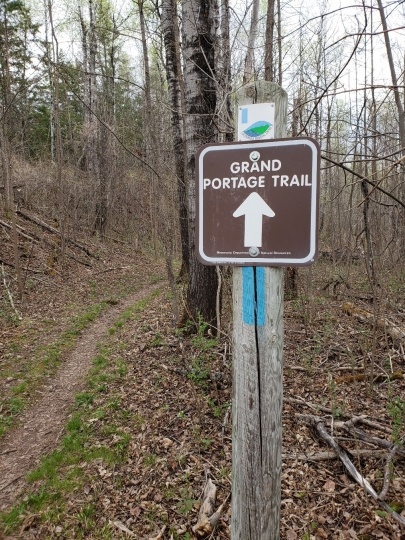
Grand Portage Trail within Jay Cooke State Park
Grand Portage Trail within Jay Cooke State Park, 2018. Photograph by Jon Lurie; used with the permission of Jon Lurie.
All rights reserved
Holding Location
Articles
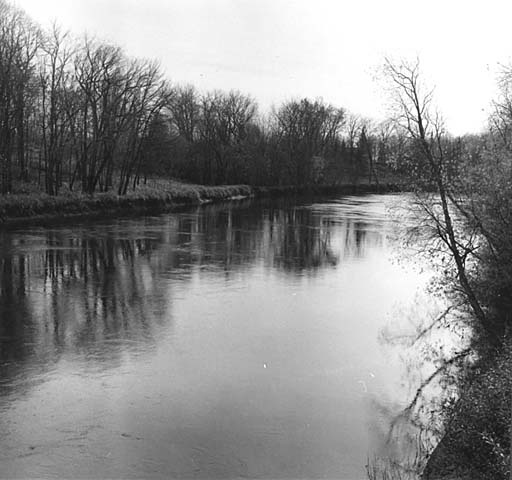
West Savanna River
Holding Location
Articles
More Information
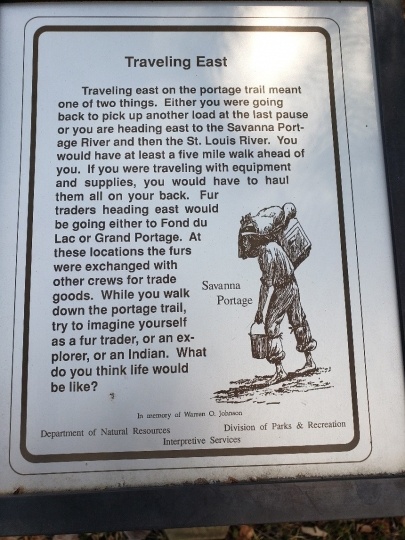
Interpretive sign along Savanna Portage
Interpretive sign along Savanna Portage, 2018. Photograph by Jon Lurie; used with the permission of Jon Lurie.
Holding Location
Articles
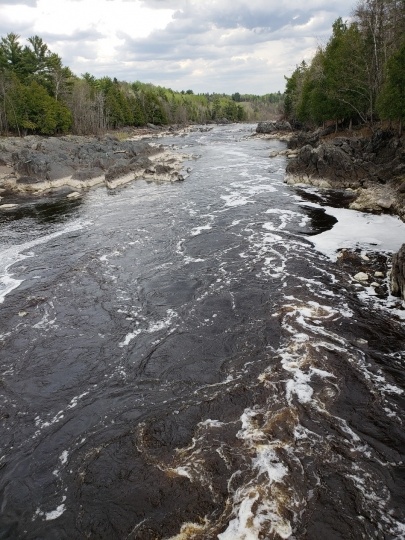
St. Louis River
St. Louis River, 2018. Photograph by Jon Lurie; used with the permission of Jon Lurie.
All rights reserved
Holding Location
Articles
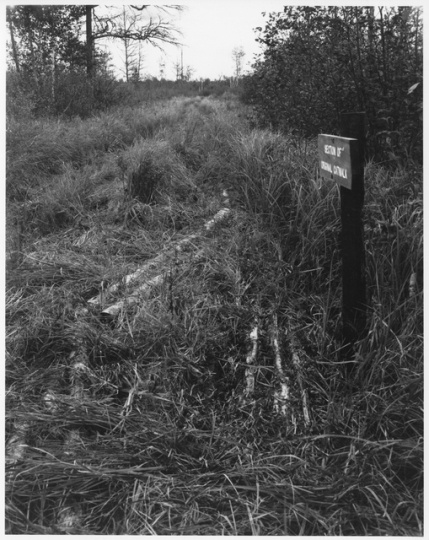
Catwalk at Savanna Portage
Articles
More Information
Related Articles
Turning Point
In 1737, an Anishinaabe war party from Fond du Lac attacks the Dakota villages at Sandy Lake. Overwhelmed by the Anishinaabe’s advanced firearms, the Dakota abandon Sandy Lake. With their victory, the Anishinaabe gain control of the Northwest Trail and, eventually, the Dakota homelands in northern Minnesota.
Chronology
Pre-1650
1666
1679
1755
1765
1768
1798
1847
1870
1878
1915
1961
Bibliography
Durand, Paul. Where the Waters Gather and the Rivers Meet: An Atlas of the Eastern Sioux. [Prior Lake, MN:] Paul C. Durand, 1994.
Fritzen, John. Portages and Old Trails In and Adjacent to Jay Cooke State Park. [Duluth, MN]: Duluth Public Library, 1935
.
——— . The History of Fond du Lac and Jay Cooke Park. Duluth, MN: St. Louis County Historical Society, 1978.
Luukkonen, Larry. Between the Waters: Tracing the Old Northwest Trail from Lake Superior to the Mississippi. Duluth, MN: Dovetailed Press, 2007.
Warren, William W. A History of the Ojibwe People. Second edition. St. Paul: Minnesota Historical Society Press, 2009.
Westerman, Gwen, and Bruce White. Mni Sota Makoce: The Land of the Dakota. St. Paul: Minnesota Historical Society Press, 2012.
Related Resources
Primary
A3/0V5, Drawer 7, Folder 8
Maps related to Savanna Portage
State Parks Maps and Drawings, Minnesota Division of Parks and Recreation
State Archives Collection, Minnesota Historical Society, St. Paul
Description: Flyers, maps, plans, and studies related to Savannah Portage.
http://www2.mnhs.org/library/findaids/gr00641.xml
Web
Savanna Portage State Park.
https://www.dnr.state.mn.us/state_parks/park.html?id=spk00259#homepage



















